From the symmetry and straight lines of Louis XVI furniture to the exceptional artistry of Rococo – antique French furniture has a fascinating history. Here at Westland, we showcase some of the most exquisite examples of antique furniture, specialising in ornate fireplaces and fine architectural antiques. Delve into a treasure trove of French antique furniture with our comprehensive guide.
Louis XIII (1590–1660)
The course of antique French furniture changed dramatically during this time, when the middle class became much wealthier and the demand for furniture, tapestries and textiles grew. People demanded their furniture be as beautiful as it was comfortable, and fixed upholstery was born. Leather and velvet were widely used and opulent furniture designs often featured cherubs, scrolls, fruit and flowers.
The Louis XV and Rococo period embraced the playful, romantic and feminine.
Louis XIV (1660–1715)
Antique French furniture from this period embodied opulence like never before. Elaborate carving was complemented by the finest materials, including touches of gilding, lacquer and gold leaf decorations.
A fabulous example is this early 20th-century Louis XIV style decorative brass fireplace insert, finished with a delicate flower design.
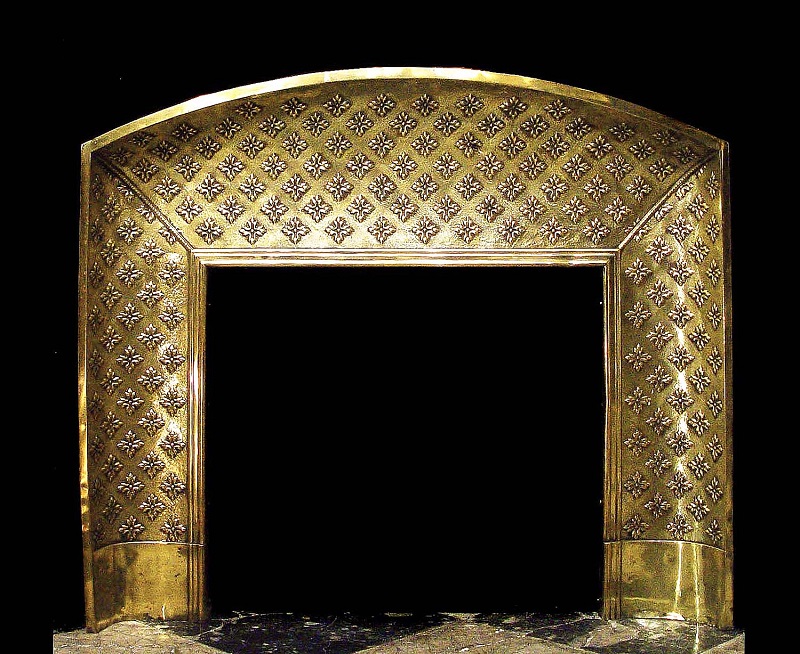
× 
Régence (1715–1730)
Inspired by mythological themes and the orient, French antique furniture from the Régence period was often characterised by leaf motifs and the commode rose in popularity.
This stunning, rare 19th-century statuary marble and ormolu chimneypiece depicts ‘le triomphe d’Amphitrite’ and is a perfect example of this era. On the panel, the sea goddess and wife of Poseidon can be seen riding a dolphin, surrounded by mermen and mermaids.
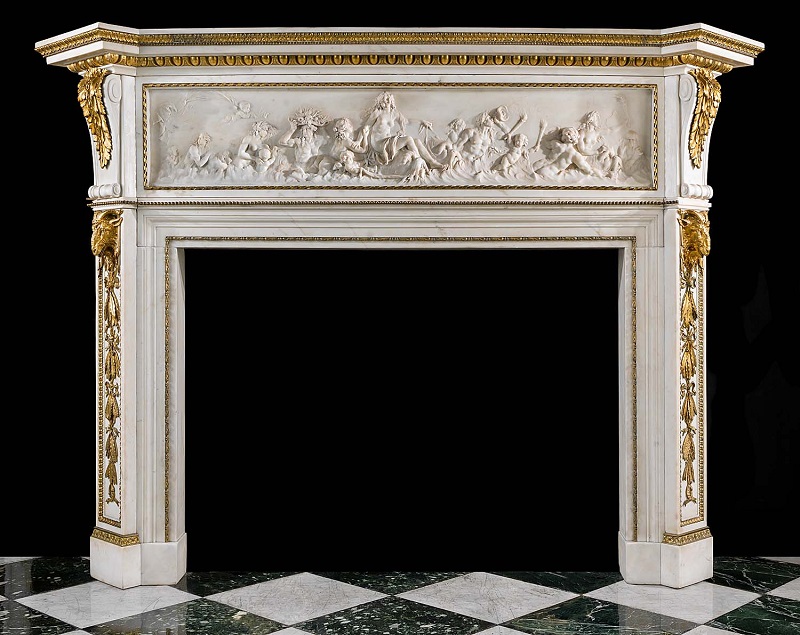
× 
Louis XV and Rococo (1730–1770)
Regarded by many as the Golden Age of French antique furniture, this period embraced the playful, romantic and feminine. Ladies’ furniture such as dressing tables became popular, and doves, dolphins and stylised flowers were common. Rococo furniture was particularly prevalent in salons, a new style of room used to impress and entertain guests.
This beautiful giltwood wall mirror is a great way to add a touch of Rococo style to your home.
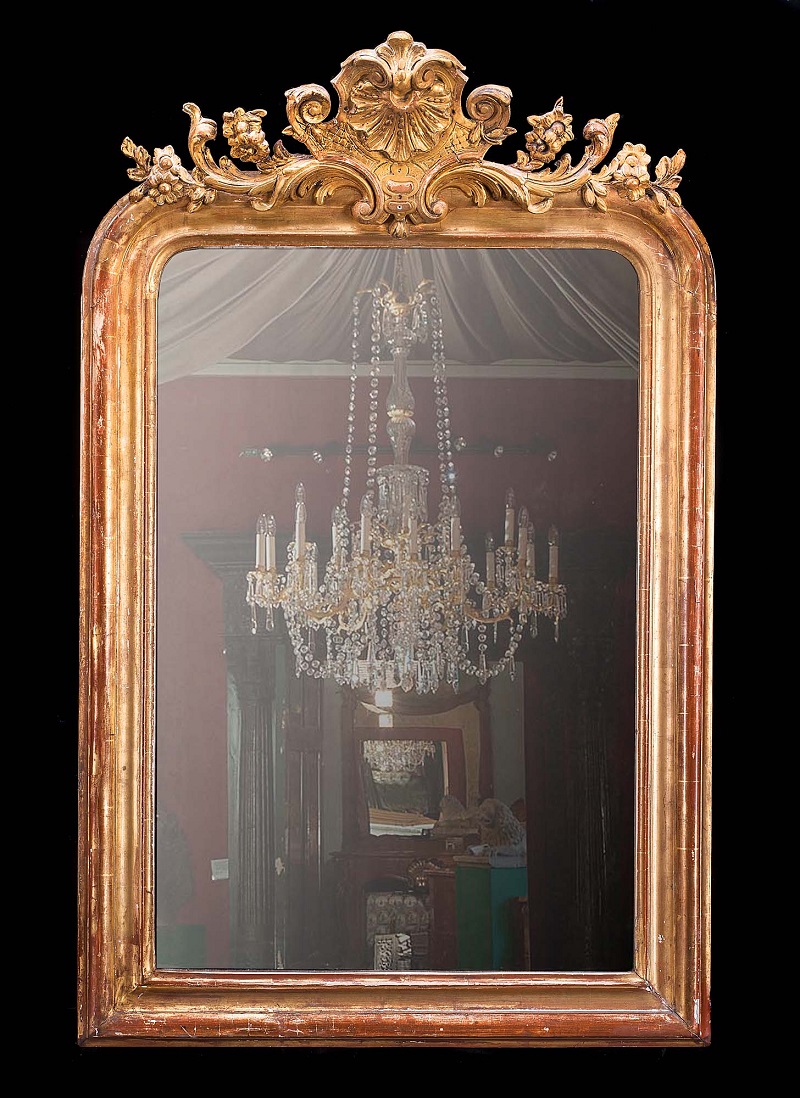
× 
Louis XVI (1770–1789)
Louis XVI furniture marked a departure from the fanciful, instead embracing practical designs with symmetrical straight lines. The elite used this scaled-back furniture as a display of class, looking upon fussier furniture with disdain.
This beautifully symmetrical chimneypiece made of fine Arabascato marble is charmingly simple and a perfect example of Louis XVI furniture style.
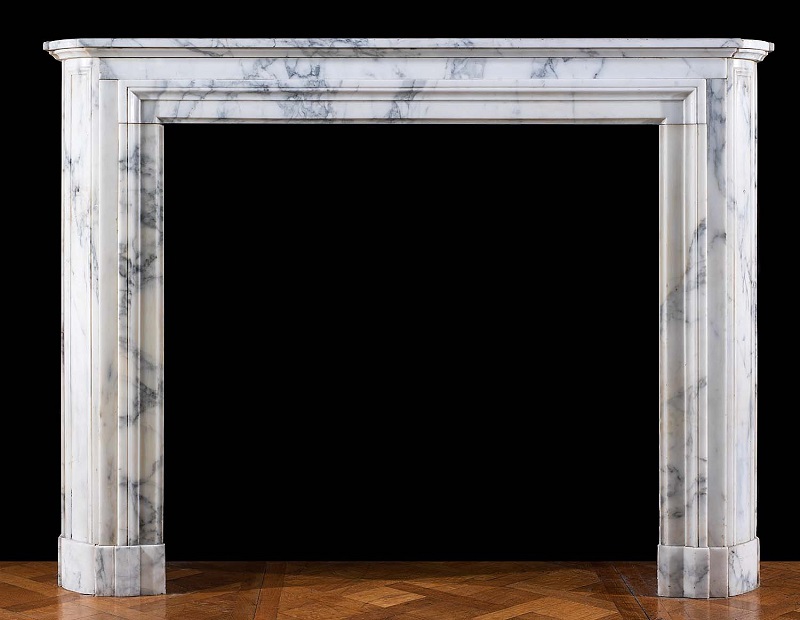
× 
Directoire (1789–1805)
A time of trouble in France, this period produced scaled-back furniture. Inlay decorations of ebony, copper and brass were popular, with brass often replacing gilt-bronze due to economic constraints. Imported woods were rare and most antique French furniture around this time was made of walnut, which could easily be found in France.
Empire (1805–1815)
As the economy boomed, the Empire period saw a return to more opulent styles. The backs of gilded chairs were stiff and square, prioritising style over comfort. Mahogany, ebony and rosewood were common, as were symbols of love and sensuality. Later, Egyptian motifs such as sphinxes and winged lions became immensely popular.
Restoration (1815–1830)
While the geometric styling of Empire furniture remained, craftsmen started to reintroduce a touch of whimsy. Musical instruments, rosettes and swans were popular motifs and people tended to favour smaller pieces that fit boudoir-style rooms. Mouldings and marquetry enjoyed a comeback in the form of decorative flowers and garlands.
Antique French furniture has a fascinating history.
Louis Philippe (1830–1850)
The industrial revolution made its mark on furniture of this time, with craftsmen designing suites for the bedroom and dining rooms for the first time. While lines were simple and sombre, curved tops on buffets, chests and armoires were common. The frog’s leg motif started to appear on chairs and settees.
This limestone fireplace mantle is beautiful in its simplicity and a good example of Louis Philippe style.
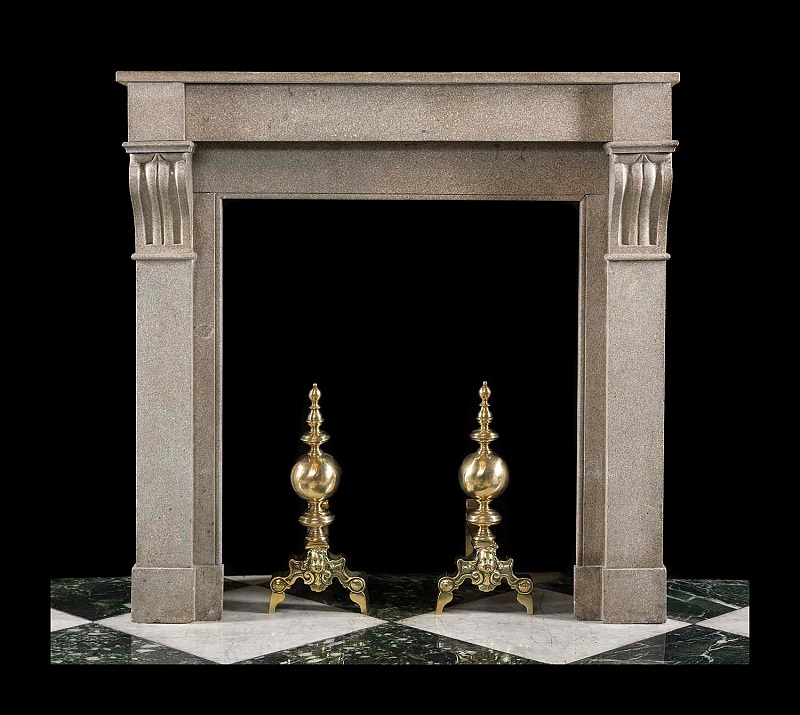
× 
Napoleon III (Second Empire) (1848–1880)
Antique furniture from this period mixed Renaissance, Baroque and Neoclassical styles. Seating dominated furniture production, and ottomans, chaises and poufs were incredibly sought after. Popular touches included gilt-bronze fittings, copper, ivory and mother-of-pearl inlay. Cast iron also dominated, particularly in the production of settees, beds and gueridon stands.
This extravagant overmantel parcel gilt mirror is an excellent example of the mixture of different styles to create the Napoleon III style.
Moderne and Art Nouveau (1889–1925)
Originating in England, Moderne and Art Nouveau quickly spread to France. Motifs were largely inspired by botanical themes and pieces were often mass produced for Parisian department stores.
Delve into a treasure trove of antique French furniture.
Art Deco (1925–1935)
As France shone at the forefront of luxury goods design, Art Deco furniture flourished. Aimed at the luxury market, designs were made from costly materials such as silk, exotic woods and ivory. Strong geometric lines were popular and tables tended to be round, oval or rectangular.
Conclusion
We hope that this guide to antique French furniture has piqued your interest in a stylish and varied selection of items. If you’re looking for antique French furniture or have a few questions about antique furniture in general, be sure to visit our Willesden Green showroom, look through our website or get in contact with us - we’re always happy to help!